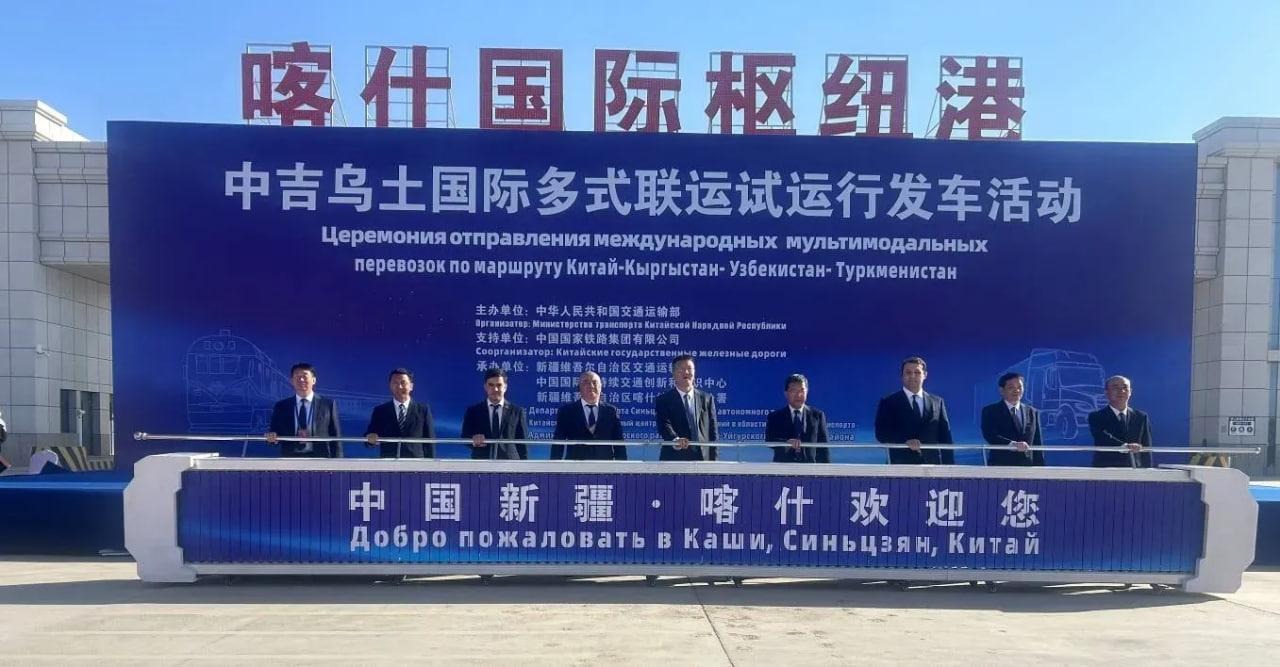
MOSCOW PROVIDES FEW DETAILS ON SOUTH OSSETIA BOMBING
MOSCOW PROVIDES FEW DETAILS ON SOUTH OSSETIA BOMBING
At 4:45 P.M. on Friday, October 3, a powerful car bomb exploded outside the headquarters of the Russian peacekeeping forces in Tskhinvali, the capital of Georgia’s breakaway region of South Ossetia. Although the casualty figures cited in the initial reports varied from six to 11, the final tally stands at 13 killed and eight wounded (Russian TV Program “Vremya,” October 3; www.news.ntv.ru, October 4; www.izvestia.ru, October 5; www.presa.ge, October 6).
Most of those killed were Russian military personnel and included two majors; one private; three junior sergeants; one senior sergeant; one master sergeant; and the highest ranking Russian military official—the Head of the Headquarters of the Peacekeeping Contingent of the Russian Federation in South Ossetia Colonel Ivan Petrik (www.izvestia.ru, October 5). The six injured Russian soldiers were one major; two warrant officers; one private; one junior sergeant; and a sergeant (Komsomolskaya Pravda, October 5; www.osinform.ru, October 5). In addition, the blast killed four unidentified civilians, who have been variously described by the Russian news media as either Georgian citizens or Ossetian militiamen (www.izvestia.ru, October 5).
At this juncture it is extremely difficult and perhaps even impossible to piece together an accurate sequence of the events that led to the car-bomb explosion in Tskhinvali, because the reports in Russian and the foreign media are riddled with glaring discrepancies.
According to the commander of the Russian peacekeeping forces in South Ossetia, Major General Marat Kulakhmetov, and the majority of news reports, while on a routine patrol of the so-called “buffer zone” 3.6 miles (six kilometers) outside Tskhinvali, a group of Russian peacekeepers stopped two VAZ-2109 passenger vehicles for violating traffic rules. One of the cars had Georgian license plates, and its four passengers were civilians with no identification documents (Russian TV Program “Vremya,” October 3; www.vesti.ru, October 4; Rossiiskaya Gazeta, October 4; www.izvestia.ru, October 5; www.civil.ge, October 6)
There is no agreement about where these cars were actually stopped. Some accounts suggest that the Russian peacekeepers stopped the cars in the vicinity of the village of Disevi (Rossiiskaya Gazeta, October 4; www.izvestia.ru, October 5), while others, including Kulakhmetov’s televised interview of October 3, indicate that it happened close to the village of Ditsi (Russian TV Program “Vremya,” October 3; www.vesti.ru, October 4; www.news.ntv.ru, October 4). It should be noted here that until the Russian invasion, both villages were predominantly populated by Georgians and belonged administratively to the Gori District.
Upon searching the cars, the Russian soldiers found an unspecified number of firearms and hand grenades. They then detained the four civilians and drove the two cars to the headquarters of the Russian peacekeeping forces in Tskhinvali for a more thorough examination. After they arrived at the walled compound the cars were parked outside the headquarters building, which included Colonel Petrik’s office. The subsequent inspection of the car with Georgian license plates resulted in a massive explosion that caused structural damage to the building and shattered windows in houses within 0.3-mile (500 meter) radius (Russian TV Program “Vremya,” October 3; Rossiiskaya Gazeta, October 4; www.vesti.ru, October 4; Komsomolskaya Pravda, October 5; www.osinform.ru, October 5; www.izvestia.ru, October 5)
The preliminary forensic analysis of the explosion indicated that the explosive device must have contained the equivalent of 44 pounds (20 kilogram) of TNT, according to the statements by the Military Prosecutor’s Office for the North Caucasus Military District, South Ossetian State Committee on Information and Press, and an interview with Kulakhmetov. (www.osinform.ru, October 3; Russian TV Program “Vremya,” October 3; Rossiiskaya Gazeta, October 4; www.izvestia.ru, October 5) If this information is, indeed, accurate, it remains to be seen how the Russian peacekeeping patrol missed a 44-pound explosive device during the initial car search in the “buffer zone.”
More importantly, Russian officials failed to explain what happened to the four civilians, who were detained and taken to Tskhinvali by the Russian peacekeepers. On this subject the Russian media reports contain contradictory accounts. The mainstream newspaper Izvestia, for example, suggested that all four died in the explosion in Tskhinvali, while the popular on-line daily www.utro.ru identified the detained civilians as Georgian citizens and even claimed that two were killed in the blast and two survived (www.izvestia.ru, October 5; www.utro.ru, October 6). To date neither the Russian nor the South Ossetian side has released any information about the four.
An unnamed South Ossetian official, who allegedly witnessed the explosion, fueled controversy when he told the Russian on-line newspaper www.gazeta.ru that the two cars were moving at the end of the OSCE convoy. Because their license plates were not included in the list of cars allowed to enter the “buffer zone,” the Russian peacekeepers escorted them to Tskhinvali (www.gzt.ru, October 5). This version indirectly implied the complicity of the OSCE, and it elicited a strong reaction from the head of the OSCE Mission to Georgia, Terhi Hakala, who called it “inflammatory disinformation.” In a written statement released on October 6, she stated, “To suggest that the OSCE had any connection whatsoever with the recent explosion is preposterous and highly dangerous for the already tense security situation” (www.civil.ge, October 6; www.utro.ru, October 7).
The competing scenarios over what happened will continue to proliferate as the Russian and South Ossetian sides will blame the Georgian side for carrying out a clandestine terror campaign in the breakaway region. At the same time Tbilisi is steadfastly denying any involvement in the car bomb attack. It appears that until the continuing investigation produces concrete evidence, the October 3 car bomb attack in Tskhinvali will become a subject of endless speculation unless Moscow produces further evidence about the explosion.


